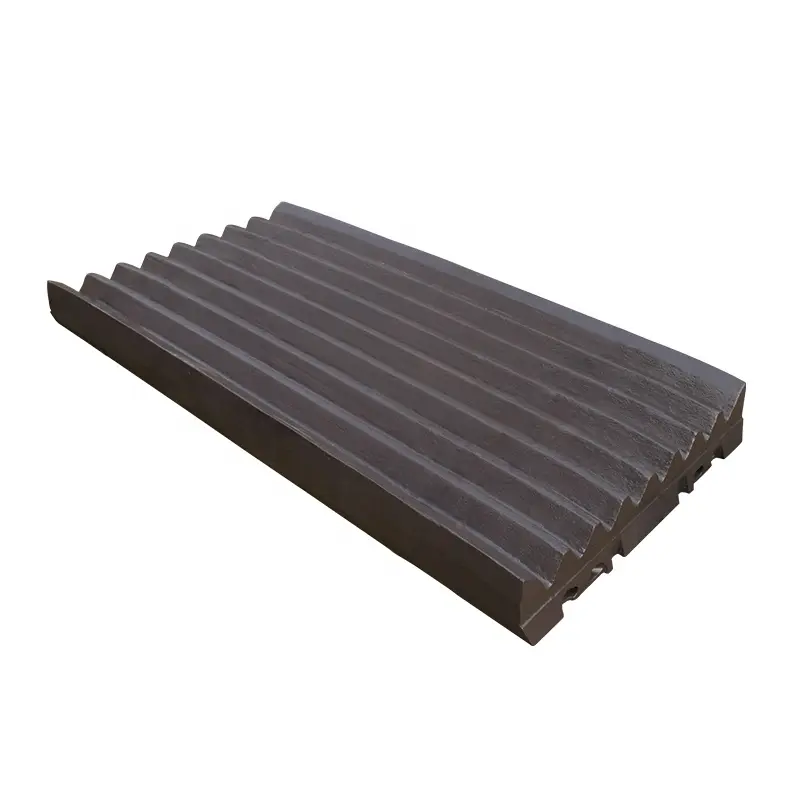Why is the aggregate line rarely broken with a hammer?
In the sand aggregate production line, the application of hammer crusher is relatively small, mainly due to the existence of some insurmountable defects in the production process, resulting in its applicability in the production of high-quality sand aggregate is limited.
First of all, the discharge particle type of the hammer crusher is poor. Although the process of hammer sand making is simple, but the yield is low, it is easy to over-crush and produce a lot of powder. At the same time, the crushed aggregate may produce micro-cracks, resulting in reduced compressive strength and affecting the overall quality of the aggregate. In the construction industry, high-quality sand aggregate has strict requirements for particle type and strength, so the aggregate produced by hammer is relatively weak in the market competitiveness.
Secondly, the adaptability of the hammer crusher to the hardness of the material is poor. Hammer breaking is not suitable for materials above medium and hard, such as granite, basalt, etc., the main reason is that the wear is serious, and the frequency of replacing the wearing parts such as the hammer is high, resulting in a substantial increase in production costs. In contrast, equipment such as jaw crusher or cone crusher is more advantageous when dealing with high hardness materials.
In addition, the production line configuration of the hammer is relatively simple, usually can only be used as a first-level crushing equipment, and the subsequent need to cooperate with other equipment for shaping and screening. The multi-stage crushing process (such as jaw breaking + cone breaking) can better control the particle type and grade distribution of the finished product to meet the needs of high-quality sand and stone aggregate.
Finally, in the long run, the capacity of the hammer and equipment are limited. Because there is no counterweight wheel design, the safety of large hammer is poor when the volume is too large, and it is difficult to meet the high production demand of large sand aggregate line. In contrast, equipment such as rotary crushers has more advantages in terms of large scale and high capacity.
In summary, although the hammer crusher has a certain application value in some specific scenarios (such as small production lines or limestone crushing), in the production of high-quality sand and stone aggregate, its poor grain shape, easy wear, limited production capacity and other problems make it difficult to become the mainstream choice.




